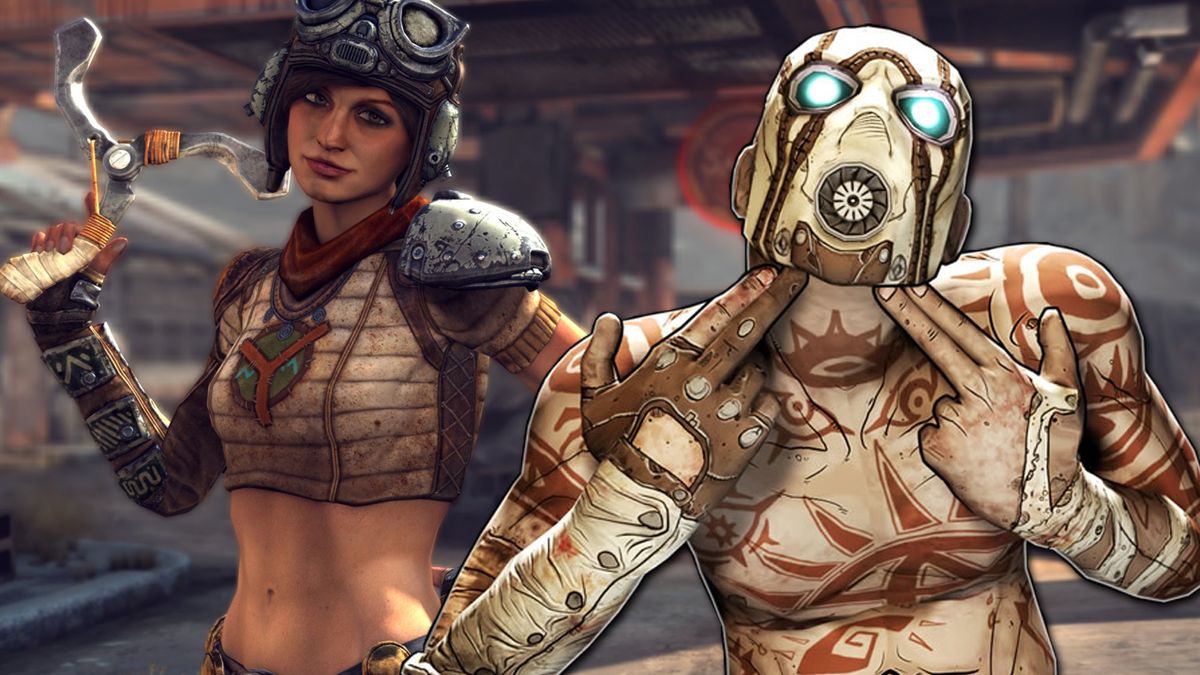
The Captivity Narrativeįury Road is, at bottom, a classical Hollywood western.


In Fury Road, the disintegration of society and the regression of humanity into barbarism goes hand in hand with widespread ecological destruction and resource scarcity - a depiction that connects with audience anxieties about the destructive effects of climate change.īut far from serving as a cautionary tale about the ecological and spiritual devastation wrought by industrial capitalism, Fury Road is in fact a celebration of the triumph of modernity over “traditional,” “primitive” society in apocalyptic times.Īnd although much has been made of the film’s supposed feminism - with Charlize Theron’s portrayal of Imperatur Furiosa achieving a status that nearly equals that of Thomas Hardy’s Max - in the end, the film affirms the existing order of things rather than challenging us to reconsider our responsibility for making the future. The first two Mad Max films, released in 1979 and 1981, use visions of a collapsing society to express middle-class fears about the spread of urban criminality into suburban spaces, and the superficiality and emptiness of modern life. George Miller’s new film Mad Max: Fury Road and his earlier Mad Max films all invoke such apocalypse, but Fury Road is unique in how it speaks to the present moment. “He’s really not so very different from various politicians and celebrities we now read about, just depicted in a more depraved, postapocalyptic way.In an age when climate change threatens to destroy entire nations, nightmarish depictions of a future characterized by violence, disease, scarcity, and environmental and social collapse have become increasingly common in popular culture. “But it had to start with a business suit, because at one time, that man had been a banker,” she continued. “You couldn’t go disgusting enough and John was completely up for it,” she said. He also sports a giant, swollen prosthetic foot, a metal nose cap (to cover the effects of leprosy), and handcuff-shaped pincers on his nipples, which protrude through holes cut in his suit jacket. I think it was someone else’s idea, because I hope I wouldn’t have thought of that.” “I can’t remember where the idea came from to give him that gas mask catheter. Beavan said, and there was perhaps none more awful than the People Eater, played by John Howard. The People Eater: The more gruesome the character, the more fun to create, Ms. Hoult’s chest, “I got really excited and drew an exhaust pipe up his back and a universal joint up his arm.” After a test in which she used an eyebrow pencil to sketch the tattoo on Mr. “We’d always talked about the War Boys seeing themselves as an extension of their cars,” she said. Vanderwalt was working with back in 2010. Nicholas Hoult plays a War Boy named Nux, and his chest is tattooed with the image of a V8 engine block, inspired by a tattoo on an artist Ms. Gibson, so while a motorcycle jacket, pants and boots recalled the police uniform of the original films, new accessories and embellishments reflected the new Max’s military background: knotted nylon wristbands that unravel into ropes, knives, sewing and first-aid kits scarves to protect from sun and dust and a long-sleeve thermal T-shirt - to ward off the elements and to hide stunt harnesses. Hardy not be seen as a substitute for Mr.

“I definitely wanted to give this one a different look, more 2000s, and beef it up a bit.” “‘Road Warrior’ was so S&M and that was probably perfect for its time, but that really wasn’t what these boys were about,” she said. She needed to find a way to incorporate elements of the old Max into the new one, being played by Tom Hardy.

Miller’s first three “Mad Max” films, starring Mel Gibson. Here are edited excerpts from the conversations:Ī New Max: Ms. Vanderwalt (from Sydney) talked about letting their imaginations run wild to create Mr. With no real script, a carousel of graphic imagery and a location that promised regular sandstorms, the two packed up and moved to Namibia for a year of shooting.


 0 kommentar(er)
0 kommentar(er)
